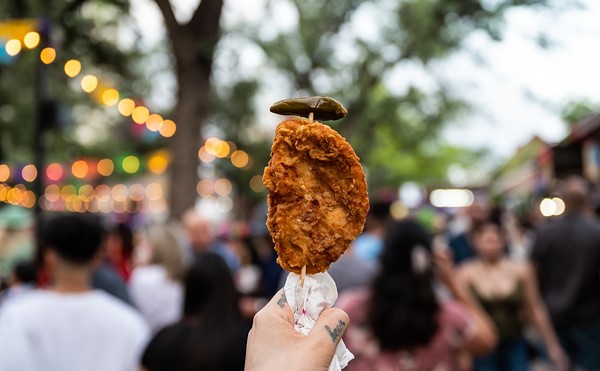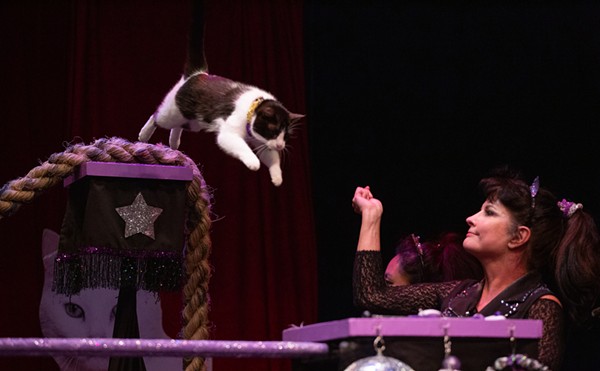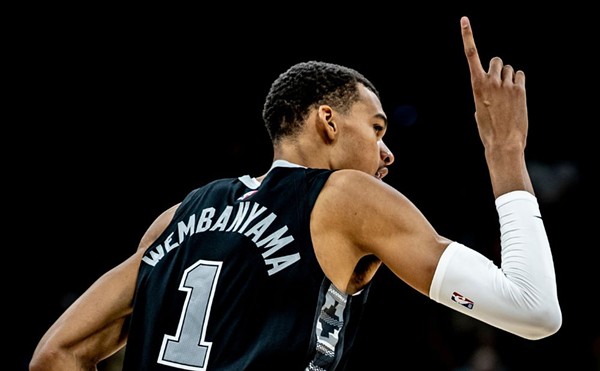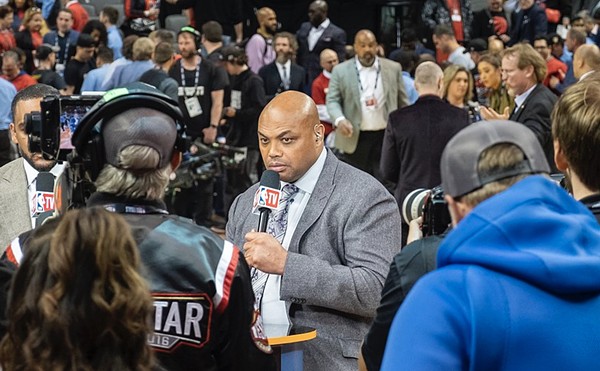Pekar has inspired legions of self-representational comics characters over the years, with the current crop including the cutesy animal who stands in for James Kochalka, whose new American Elf: Book Two benefits from whimsical coloring throughout, and the crude child-man self-portrait of Jeffrey Brown, seen in embryonic form in the new “early years” collection Feeble Attempts. Both titles are published by Top Shelf.
Autobio comix have taken an intriguing turn in recent years, as work by artists overseas has trickled into the States to become a supplement to the news media’s sometimes fickle coverage of foreign affairs. For example: While you’d have to dig deep into your recycling pile to find a newspaper story about Serbia, Top Shelf is offering a decade-spanning firsthand account of life before and during wartime with Regards from Serbia. In a combination of short comic strips and long emails (the latter were circulated through the comics community throughout 1999), Aleksandar Zograf shows what it’s like to be an innocent bystander in a country whose government earns the ire, the sanctions, and eventually the bombs, of NATO. Expressionistic and sometimes nightmarish, Zograf’s account mixes street-level personal journalism with a visual style owing to, of all people, Powerhouse Pepper creator Basil Wolverton.
Incidentally, the Balkans provide a setting for not one but two recent graphic novels: In Fantagraphics’ Bosnian Flat Dog, Max Andersson and Lars Sjunnesson use the 1999 bombing campaign as inspiration for a more fantastic tale, this one with a captivatingly bleak, subterranean visual style — a look that’s reportedly such a collaborative effort that neither man can say exactly what he drew.
At the opposite end of the geo-political import scale is Red Eye, Black Eye (Alternative Comics), a modest micro-memoir that delights even as it (knowingly) fails to produce any of the profound epiphanies it ostensibly seeks. The debut long-form work by K. Thor Jensen, whose strips have appeared mainly in small anthologies, it chronicles a long “hobo trip” the artist took after 9/11 and a handful of personal crises (break-up, layoff, eviction) soured him on life in New York.
Jensen buys a two-month “unlimited use” pass from Greyhound and heads West, couch-surfing along the way with old friends and near-strangers met via email. His stays are brief, often limited to a night of hard drinking, a shower and shave (optional, evidently), and a visit just long enough for his host to share an anecdote that fits into two or three of the book’s uniform six-panel pages.
The journey’s a bit of a disappointment for Jensen, but not for me. I love the episodic format, the charmingly ordinary characters he meets, and the hero’s rough edges. Unlike a lot of cartoonists who write about themselves, Jensen doesn’t offer up quirky neuroses or lovable self-loathing — instead, he’s just an asshole from time to time, but not often enough to make you dislike him.
Finally: If an artist’s sketchbook noodlings are a more accurate autobiography than the one he intends the world to see, then John Cuneo is a guy you really don’t want your sister to date. The daydreams found within the classy binding of nEuROTIC (Fantagraphics) spill over with painful, humiliating sex acts, Freudian nightmares, and the occasional handjob from Nancy Reagan. While the illustrations display the kind of idiosyncratically gifted draftsmanship sought out by upscale magazines (in fact, they’re better drawings than much of the work he’s published in The New Yorker and Esquire), practically none of them would be printed by any rag more reputable than Hustler. Approach the book with caution, prepared for the shocked spit-takes that sometimes result when you get to know an artist a little better than you really want to.

















